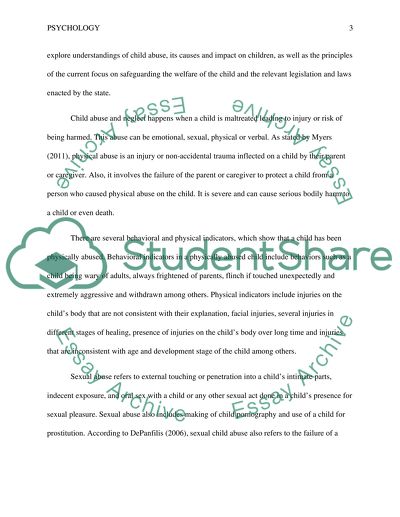Cite this document
(“Child Abuse and its Potential Impact on Children Essay”, n.d.)
Child Abuse and its Potential Impact on Children Essay. Retrieved from https://studentshare.org/psychology/1441853-child-abuse-and-its-potential-impact-on-children
Child Abuse and its Potential Impact on Children Essay. Retrieved from https://studentshare.org/psychology/1441853-child-abuse-and-its-potential-impact-on-children
(Child Abuse and Its Potential Impact on Children Essay)
Child Abuse and Its Potential Impact on Children Essay. https://studentshare.org/psychology/1441853-child-abuse-and-its-potential-impact-on-children.
Child Abuse and Its Potential Impact on Children Essay. https://studentshare.org/psychology/1441853-child-abuse-and-its-potential-impact-on-children.
“Child Abuse and Its Potential Impact on Children Essay”, n.d. https://studentshare.org/psychology/1441853-child-abuse-and-its-potential-impact-on-children.


